TOASTS ONE-WORD DEFINITIVE BOOKS BY PAUL DICKSON
Chow
Drunk
Jokes
Names
Slang
Timelines
Toasts
Words
Paul Dickson Toasts OVER 1,500 OF THE BEST TOASTS,
SENTIMENTS, BLESSINGS, AND GRACES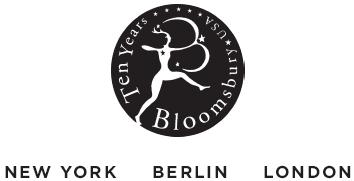 Copyright 1981, 1991, 2009 by Paul Dickson
Copyright 1981, 1991, 2009 by Paul Dickson
All rights reserved. No part of this book may be used or reproduced in any manner whatsoever without written permission fromthe publisher except in the case of brief quotations embodied in critical articles or reviews. For information address BloomsburyUSA, 175 Fifth Avenue, New York, NY 10010.
Published by Bloomsbury USA, New York
All papers used by Bloomsbury USA are natural, recyclable products made from wood grown in well-managed forests. The manufacturingprocesses conform to the environmental regulations of the country of origin.
LIBRARY OF CONGRESS CATALOGING-IN-PUBLICATION DATA HAS BEEN APPLIED FOR
eISBN: 978-1-60819-124-6
Image credits: The Museum of Modern Art/Film Stills Archive. Library of Congress, Prints and Photographs Division. NASA.
Originally published in different form in 1981 by Delacorte Press, then in a revised edition in 1991 by Crown Publishers,Inc.
This newly revised edition published in 2009.
1 3 5 7 9 10 8 6 4 2
Designed by Sara E. Stemen Typeset by Westchester Book Group Printed in the United States of America by Quebecor World Fairfield HERES
TO THE
TOAST ... and to the reader, in the form of a toast from Edith Lea Chase and
W.E.P. Frenchs genre classic of 1905, Waes Hael:
A health, O reader, and tis our adieu: Good luck, good health, good fortune wait on you. Over the wine please note our loving look: Waes Hael! Hoch! Skoal! Prosit! Buy the book.Contents Next to the originator of a good sentence is the first quoter of it. RALPH WALDO EMERSON
THERE ARE A number of old things that we are well rid of child labor, the Berlin wall, scurvy, glass shampoo bottles, andtoo many others to mention but there are still others that we are foolish to let slip away.
Toasting is one of the latter. A toast is a basic form of human expression that can be used to convey virtually any emotion, from love to rage (althoughraging toasts tend to cross the line into the realm of curses). They can be sentimental, cynical, lyrical, comical, defiant,long, short even just a single word. The names and traditions associated with the custom are many and date back to the ancient world. Toasts are also very mucha part of our literary heritage and, with the exception of the past few decades, there has not been a writer of note fromMilton to Mencken who has not left us at least one good toast. Whats more, some of our favorite fictional characters haveuttered classics among them, Tiny Tims God bless us every one! from Dickenss A Christmas Carol and Ricks Heres lookin at you, kid! from the 1942 movie Casablanca.
Most important, however, is that toasts are so useful. They are a medium through which deep feelings of love, hope, high spirits,and admiration can be quickly, conveniently, and sincerely expressed. There was a time, not that long ago, when one could not go to a luncheonlet alone a banquet or weddingwithout hearing aseries of carefully proposed and executed toasts. Toasts were the mark of ones ability to come up with appropriate, inspiringwords in honor of some person, sentiment, or institution. It really didnt matter whether the toast was an original writtenfor the occasion or a time-tested classic passed down from the Elizabethan era. What did matter was whether the toast keptthe proceedings moving at a jolly pace.
About halfway into the twentieth century, however, the custom of creative, thoughtful toasting began to erode. It seemed thatpeople had less time and inclination to compose or memorize them. And this decline wasnt limited to the United States. Britishauthor John Pudney wrote in 1963 of the decline in the eloquence and variety of the toast in the English language. The lasttwo generations at least seem to find themselves embarrassed by the formality of toasting. In recent decades, the decline has continued to the point at which a set of wedding toasts may have no more style, grace,or imagination than a clearing of the throat and a hastily yelped Heres to the bride and groom! Heres to Fred and Maxine!Moreover, most of the workaday toasts still in use are of the quick, down-the-hatch variety that reduces the custom to a mumbledword (Cheers! Prosit!) or phrase (Happy days! Hair on your chest!) uttered more from habit than any real sentiment.
The WorldWide Web, which should have been a boon to toasting, turned into a mixed blessing suddenly more material was available, butmuch of it was crude or obscene, suited to fraternity house drunkathons and biker bars, not important occasions. At the same time, some of the better old toasts have become virtually meaningless, either because they have been shortenedor they have lost their original context. The ubiquitous Heres mud in your eye! is a good case in point. A fuller, mucholder version ends with while I look over your lovely sweetheart! In the days when the American West was opening up, Mudin your eye had an entirely different context: A pioneering farmer about to leave the East would stop in the local tavernto say good-bye to friends, who would propose the toast in hopes the farmer would find soft, rich, and damp soil that wouldbe thrown up as specks of mud as he plowed it. Toasting is still an important custom on such formal occasions as state dinners and diplomatic receptions. Yet, in this realm,a different kind of erosion has taken place.
Official toasts which have always tended to be light, friendly, and anecdotalhavebecome vehicles for long, windy political addresses. Things really began to sour in 1975, when Zambian president Kenneth Kaunda startled guests at a White House dinner by respondingto a traditional toast from President Gerald Ford with a twenty-minute toast stating his nations foreign policy. (Fordwas not beyond the occasional gaffe, as in this toast to Anwar Sadat in December 1975: [To] the great people and the governmentof Israel Egypt, excuse me. And in December 1982, President Ronald Reagan rose at a dinner hosted in his honor by the presidentof Brazil and proposed a toast to the people of Bolivia.) In 1978, a toasting low point of sorts was achieved when Marshal Tito of Yugo slavia bested Kuanda with a rambling forty-minutedissertation on his views of the international political scene. Shortly thereafter, the forty-five-minute barrier fell, andit seemed the hourlong toast would become a reality. In the early 1980s, the U.S.
State Departments Office of Protocol beganto suggest routinely that all White House toasts last no more than three minutes, but the suggestions were soon ignored. Themorning after a June 1986 toast at the White House by Uruguayan president Julio Mara Sanguinetti, the Washington Post diplomatically said: Sanguinettis toast was notable for its length and historical detail. Not only is conviviality missing from such toasts, but some are downright hostile. In early 1979, when President Jimmy Carterand President Jos Lpez Portillo of Mexico traded a well-publicized set of diplomatic insults in Mexico City, they calledtheir attacks toasts. Portillo ungraciously began the exchange with a wide-ranging indictment of the United States, anda dazed Carter jabbed back with a tasteless recollection of a bout of Montezumas revenge. Enough. Enough.
The point is that we have come close to abandoning a useful medium and form of communication in an age of media andcommunication. Simply stated, the purpose of this book is, among other things, to help as a vehicle for a revival. In truth, some bright omens and recent developments signal a renewed interest in toasting. When the first version of thisbook was published in 1981, Ronald Reagan was the new president, the Berlin wall was in place, MTV and the IBM PC made theirdebuts, and women had just gained the right to enter McSorleys, the tavern in Manhattans East Village where, for more thana century, female visitors had been greeted with the clanging of a fight bell and swift, unceremonious expulsion. There wasno e-mail (at least not for people outside the U.S. military) and the World Wide Web was still a vague abstraction.
Next page
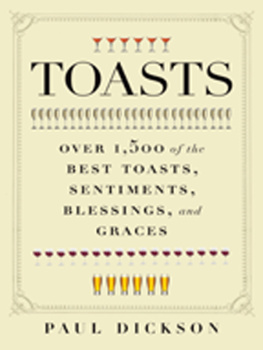
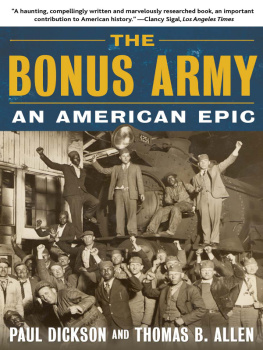

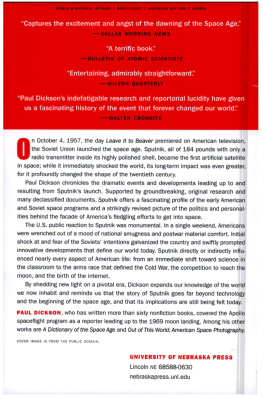
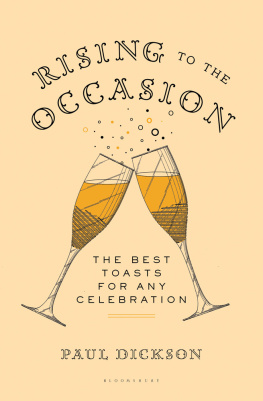

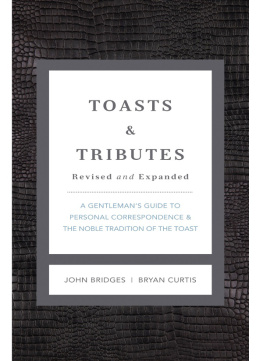
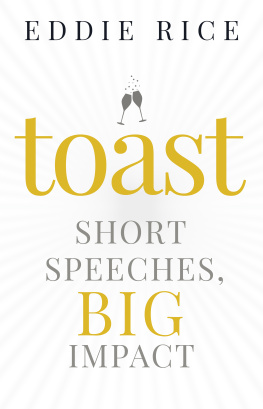
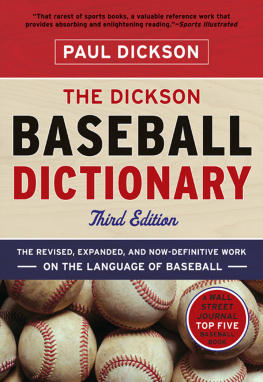
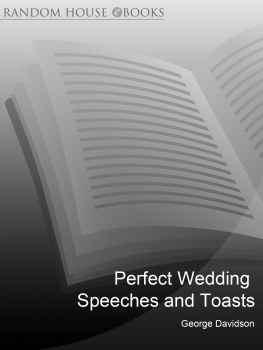
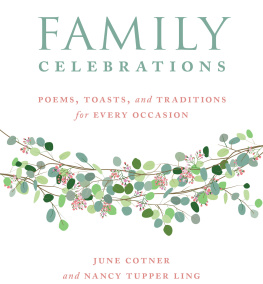
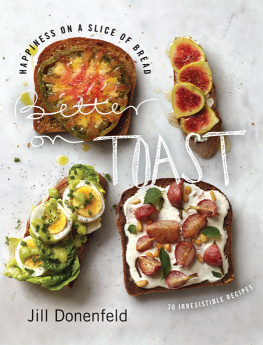
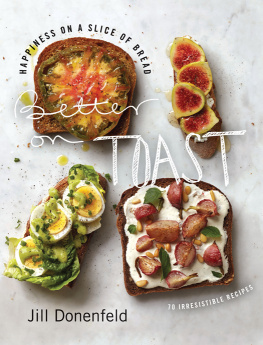
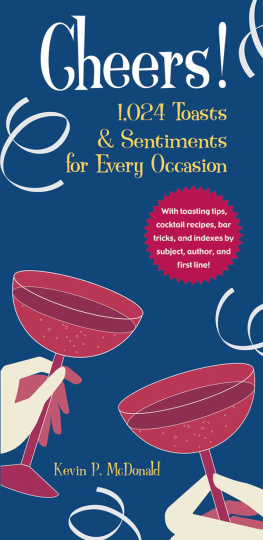
 Copyright 1981, 1991, 2009 by Paul Dickson
Copyright 1981, 1991, 2009 by Paul Dickson